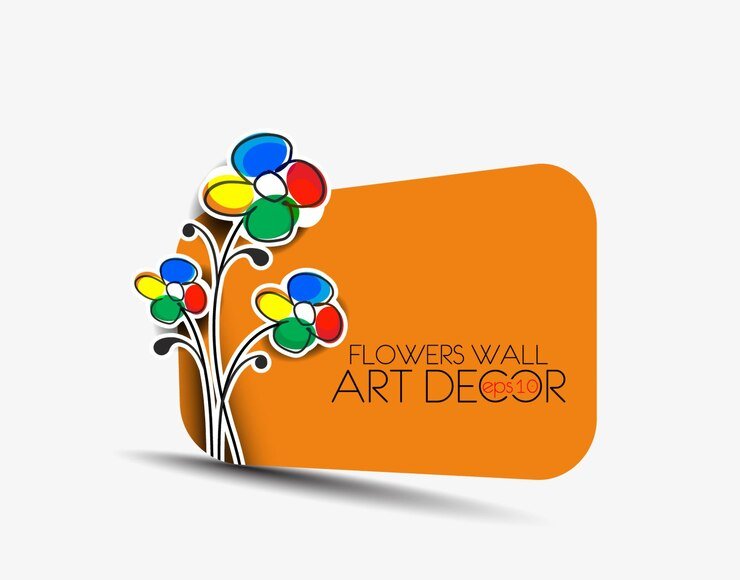Top Mistakes to Avoid in Logo Design

Creating an effective logo is a critical part of building a memorable brand identity. However, many common mistakes can detract from a logo’s impact, leaving it forgettable or misaligned with a brand’s message. In this guide, we’ll discuss the top mistakes in logo design that every business should avoid—from overcomplicated designs to poor color choices, lack of scalability, and trend dependency. We’ll explore why simplicity, alignment with brand values, and versatility are essential, and provide insights on how to avoid these pitfalls for a stronger, more cohesive brand image. Perfect for beginners and professionals, this guide equips you with practical tips to elevate your logo design skills and make a lasting impression.
In-Depth Topics and Key Points for Avoiding Common Logo Design Mistakes:
- Overcomplicating the Design
- The Power of Simplicity: A complex logo can overwhelm the audience and be hard to recognize. Simple, clean designs are more memorable and effective.
- Avoiding Unnecessary Elements: Extra details can detract from the core message, so focus on minimalism to ensure the logo is recognizable at a glance.
- Ignoring Brand Alignment
- Reflecting Brand Values: Your logo should capture your brand’s personality. A logo that doesn’t align with your brand’s core values can lead to disconnect.
- Target Audience Considerations: Think about who your audience is and design with them in mind to create a connection right from the start.
- Poor Color Choices and Psychology
- Understanding Color Impact: Each color communicates a specific emotion. For example, blue suggests trust, while red invokes energy. Select colors that represent your brand appropriately.
- Avoiding Color Overload: Too many colors can distract from the logo’s message. Stick to a balanced color palette for a cleaner, more professional look.
- Choosing Trendy Elements Over Timeless Design
- Risks of Trend Dependency: Trends fade, but your brand identity should remain. Overly trendy logos may need frequent updates, confusing customers over time.
- Timeless Elements: Choose designs that will stay relevant, making your logo feel modern yet enduring.
- Lack of Versatility
- Ensuring Scalability: A great logo looks good on all mediums—business cards, websites, billboards. Design for versatility so it’s clear and appealing in various sizes and backgrounds.
- Testing for Multiple Formats: Check that your logo works in black and white, grayscale, and color to maintain consistency across diverse media.
- Poor Font Choices and Readability
- Selecting Brand-Appropriate Fonts: Typography is essential in shaping perception. Use fonts that match your brand’s tone—bold for strength, serif for tradition, or sans-serif for modernity.
- Prioritizing Legibility: Make sure the font remains readable in various sizes, especially for smaller applications like social media icons.
- Overuse of Special Effects
- Limit Shadows and Gradients: Excessive effects can create clutter and look dated. Stick to effects that are subtle and add to, rather than overpower, the design.
- Avoiding 3D Effects: While 3D can look striking, it doesn’t always translate well across print and digital formats.
- Skipping the Research Phase
- Analyzing Competitors: Understanding what works well in your industry helps guide a unique yet effective logo design. Avoid designs that mimic competitors to stand out.
- Drawing Inspiration From Your Industry: Research helps identify visual elements that customers recognize and trust in your field.
- Failing to Gather Feedback
- Audience Testing: Share your design with a sample audience to identify any disconnects between your intended message and the public’s perception.
- Using Constructive Criticism: Refine your logo based on useful feedback, enhancing its appeal and alignment with your brand.
- Not Considering Longevity
- Future-Proofing the Logo: A well-designed logo should serve the brand for years. Avoid elements that may quickly feel outdated, and focus on a classic, flexible design.
- Planning for Growth: As your company expands, ensure the logo can represent new products, services, or brand directions.














